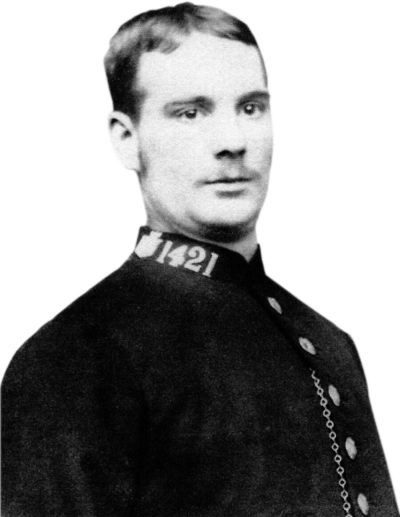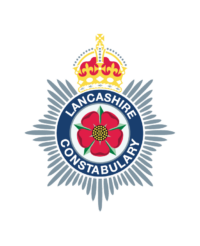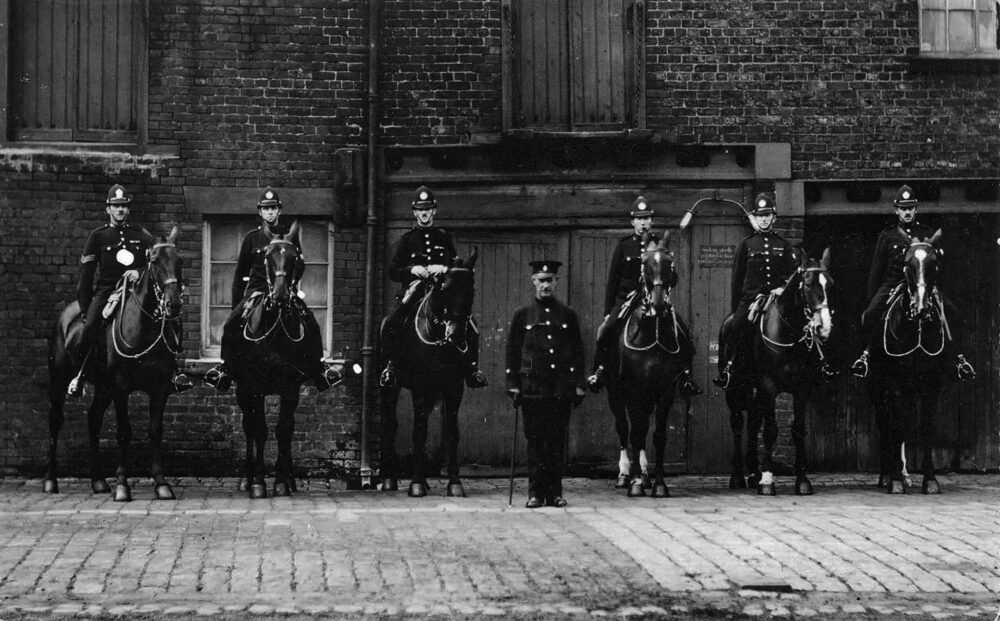
EDUCATION
Find out about our free education services for schools, colleges, universities and groups
School Visits
Our 15 to 20 minute interactive talks are available free of charge.
- Prison and roles in policing (suitable for KS1 and upwards).
- Law and order in nineteenth century Lancashire (KS2 upwards)
- Prison and prison reform, history of Lancashire Constabulary and 1930s Buck Ruxton murder case (KS2 upwards)
- Prisons and prison reform, history of Lancashire Constabulary (KS2 upwards)
- Solving crimes with forensics with two cases from Lancashire in the 19th and 20th century (KS2 upwards)
- Operation Lund: the Morecambe Bay Cockling tragedy – via TEAMS only (FE/HE level)
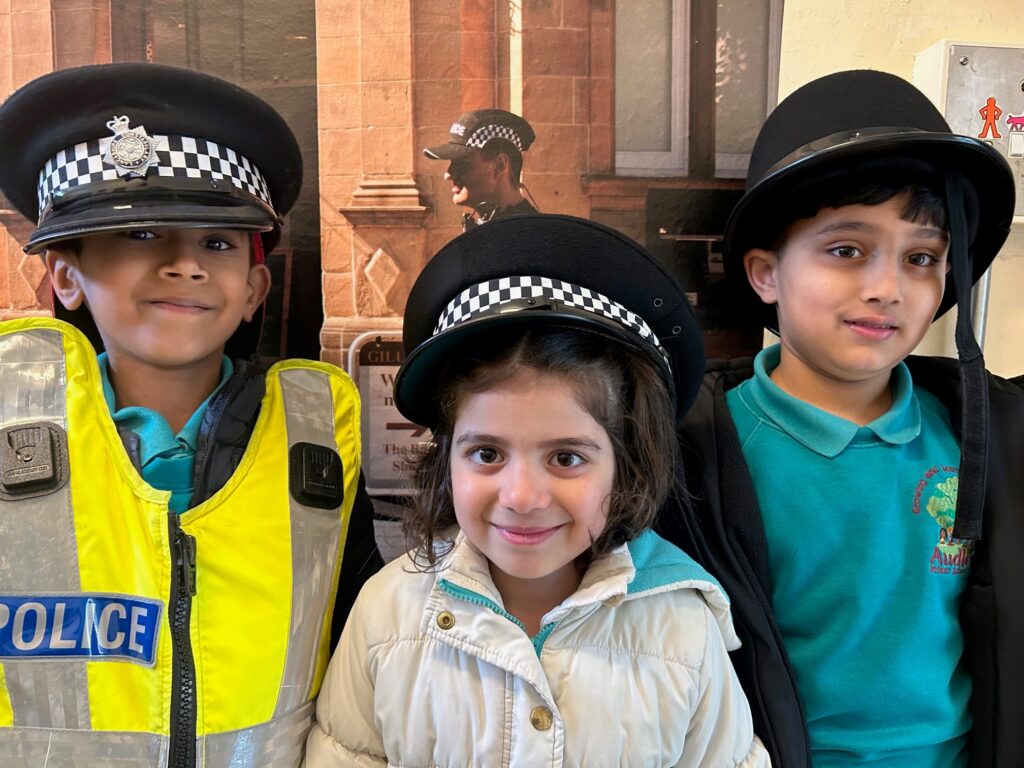
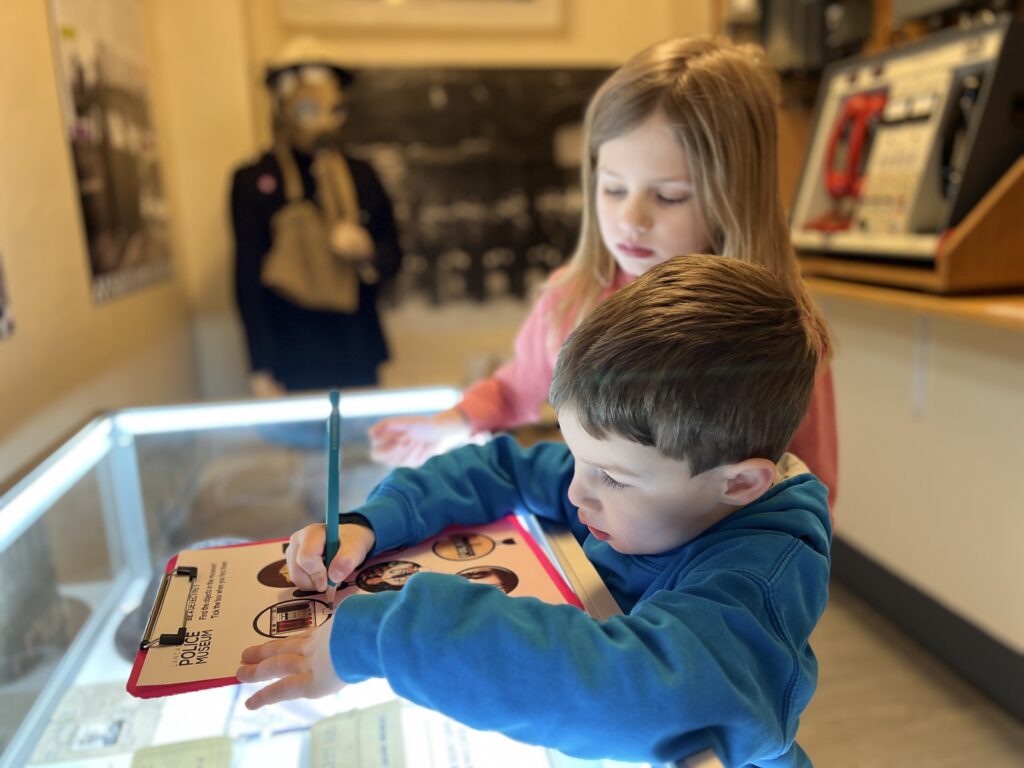
GROUP VISITS
We welcome group visits of all ages. Lancashire Police Museum is a special place, inside a former prison in the historic Lancaster Castle. However, group bookings need to be made in advance of a visit due to controls on visitor numbers. All group visits to the Lancashire Police Museum are free.
Short introductions or longer tours are available free of charge and on request.
Please email the Lancashire Police Museum to discuss your group visit Email: policemuseum@lancashire.police.uk
USEFUL INFORMATION FOR GROUP VISITS
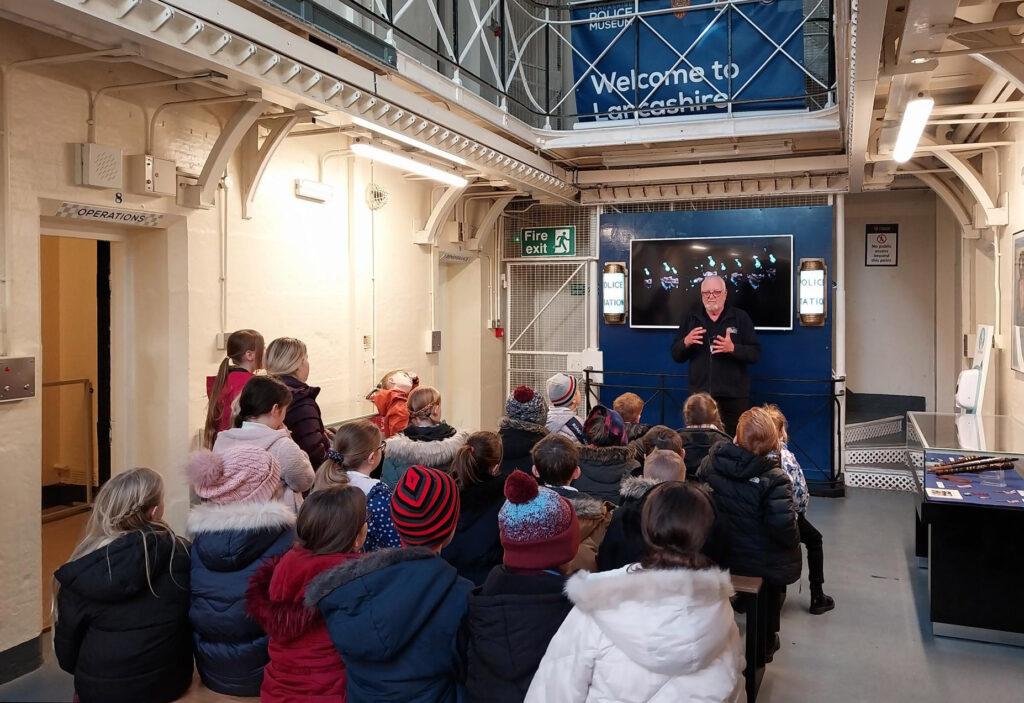
The Victorian Police in Lancashire
Lancashire Constabulary was set up in 1839. The new Chief Constable, John Woodford, told his constables in Blackburn, “your chief efforts should be directed to the prevention of crime”.
This was the first police force for the entire county. Provision had been made by national government for regions to set up their own police forces. They were not only considered important for preventing crime but also to manage riots and disturbances. Lancashire Constabulary originally covered a wider area than today. It stretched into Furness (Cumbria), Merseyside, Cheshire and the Manchester area.
Richard Jervis started as a Constable in 1850 and wrote that the police, “had rough times of it in Lancashire, their hours of duty heavy and long, and their pay low. The uniform then included tail coats and tall heavy hats.”
From the outset, it was decided that the police would not routinely carry firearms. Jervis noted that, “policemen carried a staff, handcuffs and heavy wooden rattles.” The force has always had firearms available, along with officers trained to use them, but until recent times these were only issued to deal with specific incidents or when a serious threat emerged. The first such time being in 1864 when the Chief Constable issued twenty revolvers due to Irish Republican terrorism, and in 1867 all officers’ belts were altered to accommodate a cutlass (a type of sword) and pistol, should the need arise to carry them.
A policeman’s working life was strictly regulated in the nineteenth century with some even being required to wear their police uniforms off duty. A small relaxation in Lancashire was made in 1869 by Chief Constable Robert Bruce. He allowed the men to wear a moustache, but only if the wearer also had a beard!
